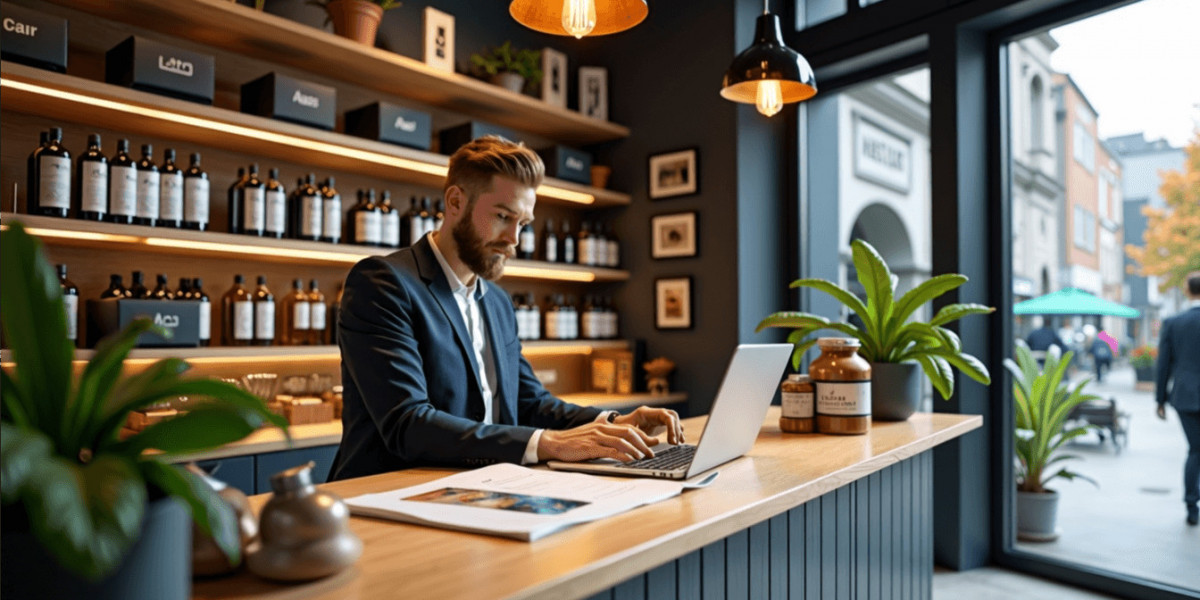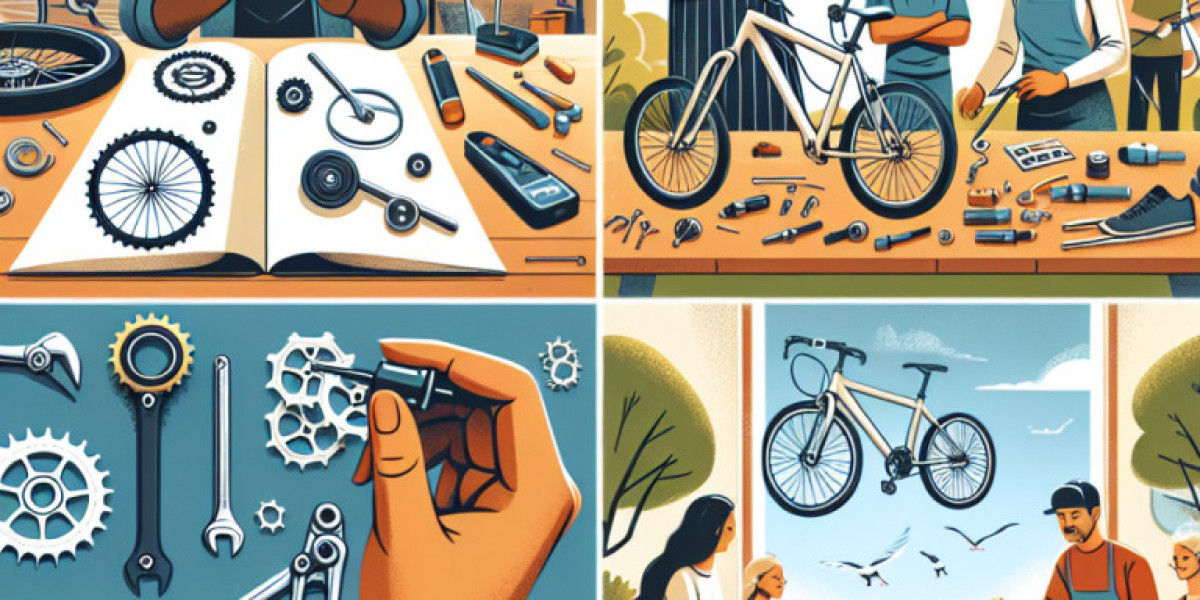Let’s be honest—when was the last time you walked into a store and left with only what you came for? Probably not often. And that’s not entirely your fault. Retailers are pretty darn good at nudging us to add “just one more thing” to our baskets. One of their most powerful tools? Point of Sale (POS) displays.
But here’s the thing: not all POS displays are created equal. You’ve probably seen the difference yourself—a checkout area that looks like an afterthought, cluttered with random products and confusing signage, versus one that feels inviting, organized, and oddly persuasive.
That’s the magic of good design. From layout to lighting, every detail of a POS display plays a role in influencing a shopper’s final decisions. So if you’re a retailer or merchandiser looking to boost last-minute sales, it’s worth taking a closer look at how to design POS displays that actually work.
Let’s break down what makes a POS display not just good, but great.
Why Design Matters At The Point Of Sale
Think about the mindset of a customer standing at the checkout. They've already made purchase decisions, they’re probably relaxed (or at least not in a rush), and they’ve mentally committed to spending money. That final few minutes in the store is prime real estate for additional sales—but only if what’s in front of them feels worth their attention.
That’s where display design comes in. A well-designed POS display:
- Captures attention quickly
- Communicates value clearly
- Makes the product easy to access
- Encourages impulse decisions
And to get that balance right, there are a few key ingredients to focus on.
1. Layout: Keep It Simple, Clear, And Inviting
The layout of your POS display should be intuitive and clutter-free. You’re not building a product shrine—you’re creating a mini-moment of decision-making. The golden rule? Less is more.
Quick tips:
- Stick to 1–3 product types per display to avoid visual overload.
- Use vertical space wisely. Shelving or tiered platforms can help showcase multiple products without crowding the counter.
- Create a clear “flow”—especially if the POS display is in a queue or self-checkout line. Guide the customer naturally through what’s available as they approach the register.
If it feels overwhelming, customers will tune out. If it’s streamlined, they’ll lean in.
2. Product Selection: Make It A No-Brainer
Not every product is POS material. The best items for point of sale displays are:
- Low-cost (typically under $10)
- Low-commitment (no need for sizing, research, or deep thought)
- Universal or broad appeal
- Often tied to convenience, curiosity, or a small indulgence
Think: snacks, phone chargers, lip balm, travel accessories, small toys, candles, or quirky seasonal items.
A good rule of thumb is to ask: “Would someone buy this on a whim?” If yes, it’s POS-friendly.
3. Signage And Messaging: Say It Fast And Clear
In a POS setting, you have about three seconds to catch a shopper’s eye and tell them what’s up. That means your signage is important. To capture attention, it should be:
- Bold and easy to read
- Focused on benefits or urgency (“Limited Time Only,” “Add for $5,” “Perfect for Travel”)
- Free from cluttered text or complicated explanations
You don’t need full product descriptions. You need quick-hit phrases that spark curiosity or make someone think, “Oh yeah, I do need one of those.”
4. Lighting: The Unsung Hero Of Sales
Lighting might seem like a background element, but it can have a huge impact on POS performance. Good lighting draws attention, creates contrast, and makes products feel more appealing.
Ever noticed how luxury counters are always perfectly lit? That’s not by accident. Lighting tells your customer, “Hey, this stuff matters. Check it out.”
Try using:
- Spotlights or small LEDs to highlight displays
- Warm-toned lighting to create a cozy, inviting atmosphere
- Backlighting behind signage to make it pop
Even in a tight checkout space, a little extra brightness can go a long way in drawing eyes to the display.
5. Accessibility: Keep It Within Reach
Your POS display might look amazing—but if customers can’t easily grab the product, it’s game over. Make sure items are:
- Within arm’s reach of average height
- Not blocked by signage, glass, or other products
- Clearly priced and easy to add to a basket or counter
Bonus points if customers can interact with the item. Tactile engagement (like picking up a lip balm or squeezing a stress ball) makes people more likely to buy.
6. Seasonality & Rotation: Keep Things Fresh
Even the best POS display loses its charm if it stays the same month after month. People start tuning it out. Keep it fresh by:
- Rotating products monthly or seasonally
- Creating small themed displays (e.g., “Summer Travel Essentials” or “Back to School Grab-n-Go”)
- Highlighting best-sellers or new arrivals
Not only does this keep things exciting for returning customers, but it also gives you a reason to promote new products in a low-stakes, low-effort way.
Real Talk: What Works In The Wild?
Let’s look at a few real-world examples that nail POS design:
- Apple Stores: Clean counters, minimal product selection, and bold digital signage. Products feel premium because the layout gives them space to shine.
- Sephora: Small bins and racks line the queue with clearly priced, trial-sized beauty items. Bright lighting and themed sections make the whole experience feel curated.
- Local Cafés Or Bookstores: Mason jars of impulse items (gum, pins, handmade soaps) by the register with hand-written signs. It’s simple, but thoughtful—and it works.
The Point Of POS Merchandising
Designing a POS display that sells isn’t about being flashy or fancy—it’s about being intentional. From how it’s laid out to how it’s lit, every detail sends a message to the customer. A message that says, “Hey, this is worth a look. And it might just be the perfect last-minute add-on.”
So whether you’re running a boutique, a big-box retail store, or something in between, don’t overlook the power of your checkout space. With a little thought and creativity, your POS area can do a whole lot more than just process payments—it can drive real, meaningful sales.
And all it takes is the right product, the right placement, and a little spotlight.









